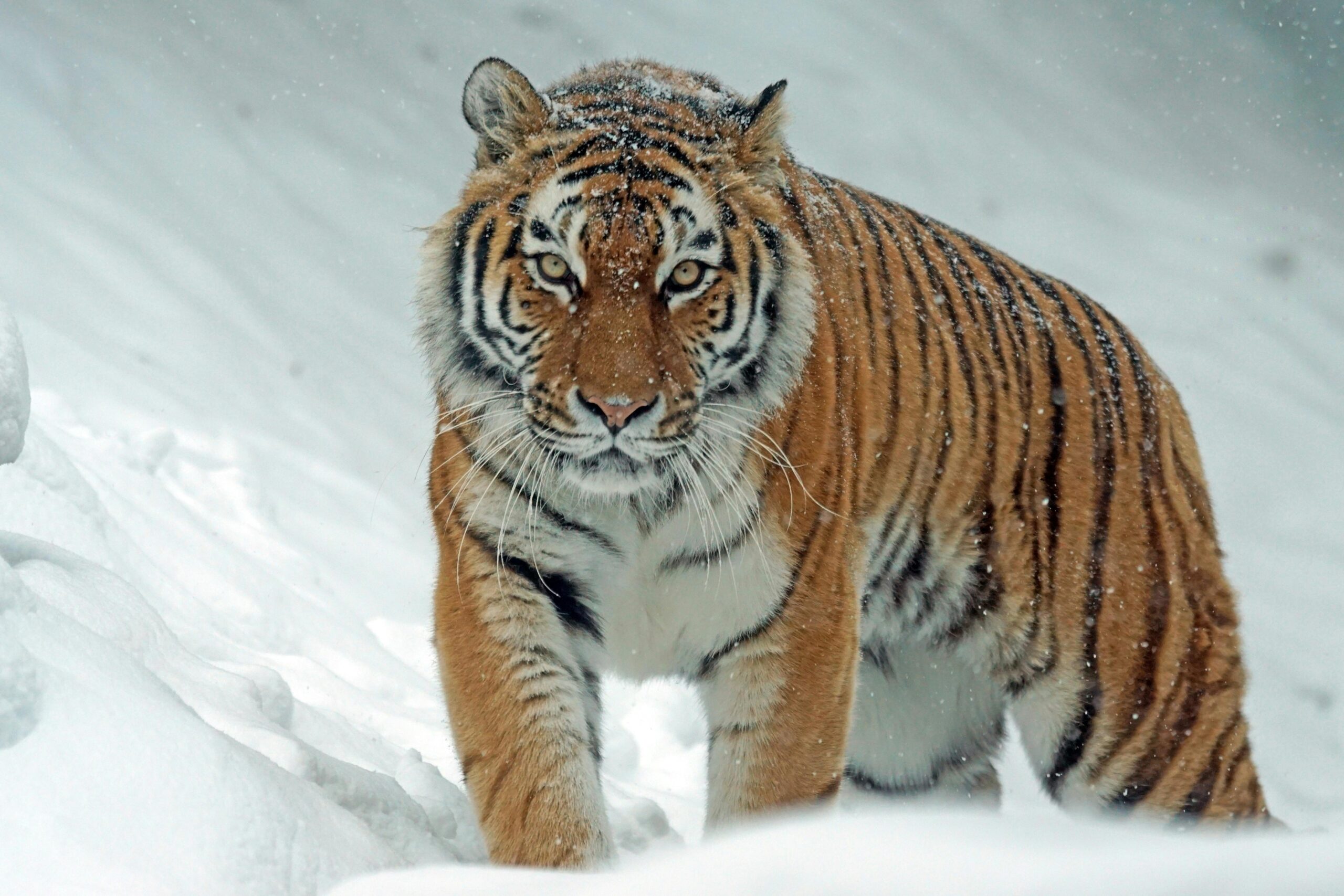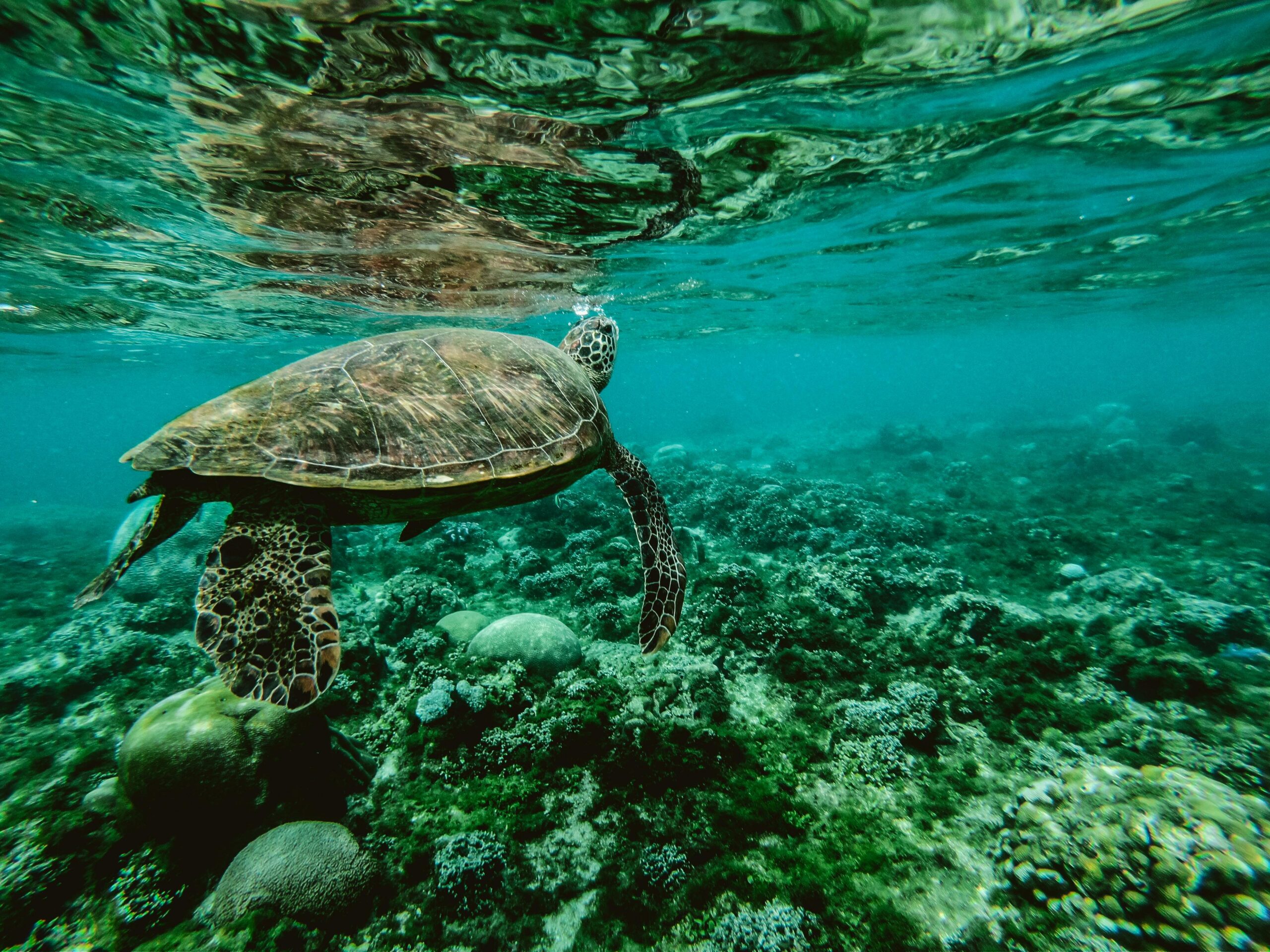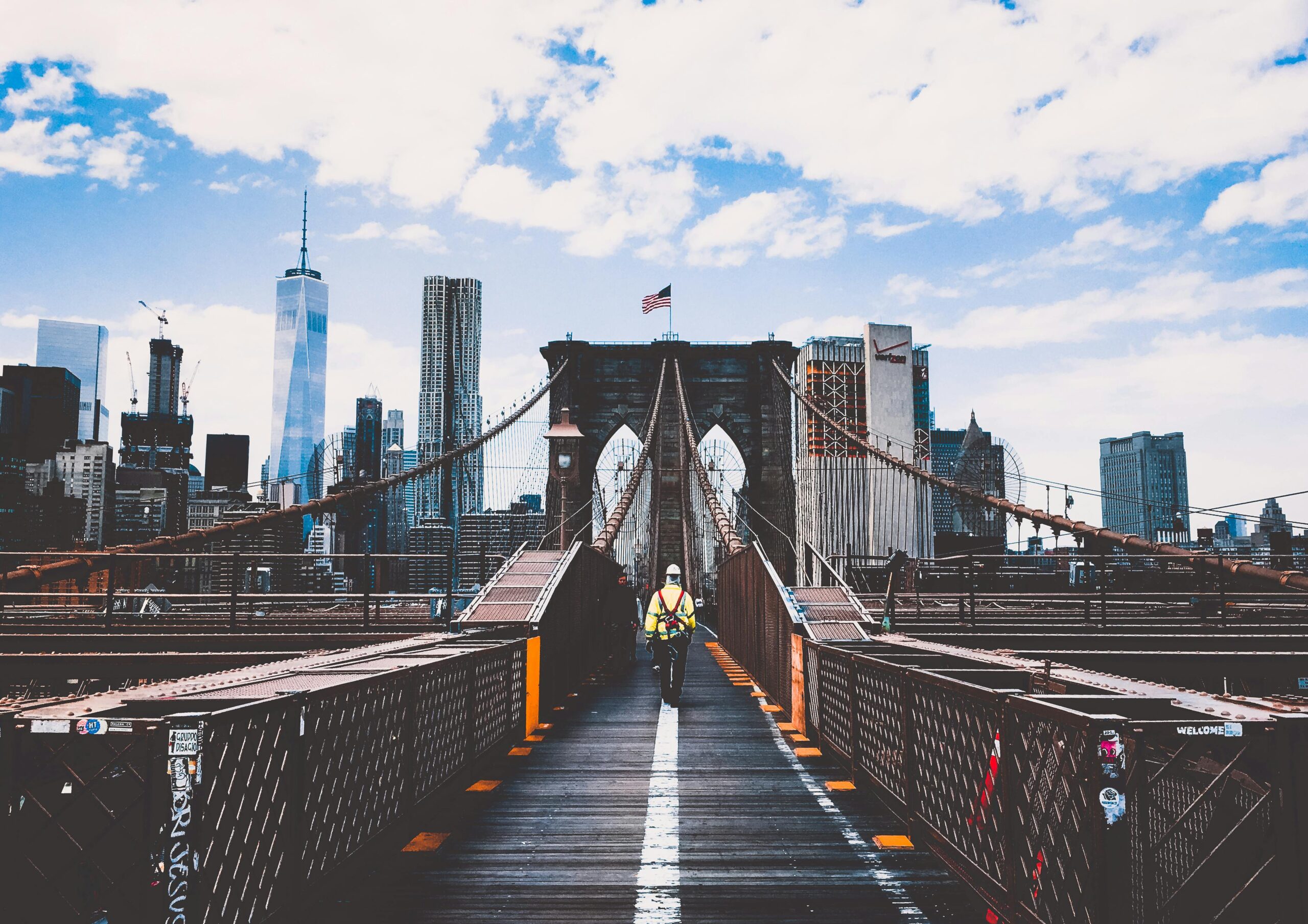This guest post is by Oliver Jensen, an outdoor enthusiast and wildlife photographer who has spent years exploring some of the world's most remote landscapes. Passionate about conservation and adventure, he shares expert tips to help travelers prepare for unforgettable wildlife viewing expeditions.
Are you dreaming of getting close to nature and seeing animals in their natural habitat? A wildlife viewing expedition is an exciting way to experience the wild while learning more about different species and ecosystems. To make the most of this adventure, you'll need to be prepared.
Planning ahead can help ensure your trip is safe, enjoyable, and unforgettable. Keep reading for six important tips on how to get ready for your journey. Let's dive into what you need to know before heading out on your next wildlife viewing expedition.
Research the Wildlife and Location
Before you travel, take time to learn about the animals you might see and where they live. Knowing their habits and behaviors will help you spot them more easily. You should also learn about the terrain and weather conditions of the area. This can guide your packing and help you avoid any surprises. A bear watching in Juneau, AK, for example, may require different gear than a trip to a desert or savanna. Being informed means you can focus on enjoying the experience.

Planning to visit Botswana? Read here about Exploring Botswana in 5 days, the perfect itinerary.
Pack the Right Clothing and Gear
What you wear and bring can affect your comfort and safety. Choose neutral-colored clothes that help you blend into the environment. Dress in layers to handle changing temperatures, especially in the early morning or evening.
Good walking shoes or boots are a must for rough terrain. Don't forget binoculars and a camera if you want to capture the moment. A backpack with water, snacks, and a first aid kit is also essential.
Plan Your Travel and Timing
Animals are more active at certain times of the day or year. Early mornings and late afternoons are usually best for sightings. Check if you need permits or special permissions to visit the area.
You should also book accommodations and transportation in advance. Some locations are remote, so plan ahead to avoid last-minute issues. Being on time gives you more chances to see wildlife.
Visting Zimbabwe? Read here about What to do in Victoria Falls, Zimbabwe in 2 days.
Learn About Safety and Local Rules
Wild animals can be unpredictable, so knowing safety guidelines is very important. Keep a safe distance from all animals and avoid feeding them. Some parks or reserves have rules about how close you can get.
Be aware of your surroundings and follow the guide's instructions if you have one. Research if there are animals that may pose danger, like snakes or large predators. Respecting the rules protects both you and the animals.

Visiting South Africa? Read here on how to spend 10 days in South Africa, the perfect self-drive itinerary.
Bring the Right Food and Supplies
If your trip lasts all day or more, bring enough food and water. Choose items that are easy to carry and don't leave waste behind. Avoid strong-smelling snacks that could attract animals.
Pack extra batteries or power banks for your camera and devices. Sunscreen, insect repellent, and a hat can help protect you from the elements. Always leave no trace and clean up after yourself.
Learn to Prepare for a Wildlife Viewing Expedition
Preparing well for a wildlife viewing expedition can turn a simple trip into a life-changing adventure. With the right knowledge, gear, and mindset, you'll be ready to explore the wild safely and respectfully.
By taking time to plan, you'll be able to focus on the beauty and wonder of nature. Whether you're heading to a forest, mountain, or coastal area, every moment can bring something new.
Embrace the journey and remember, nature always has a surprise in store.

Visting Victoria Falls from Livingstone, Zambia? Read about all you need to know to prepare for your trip!














